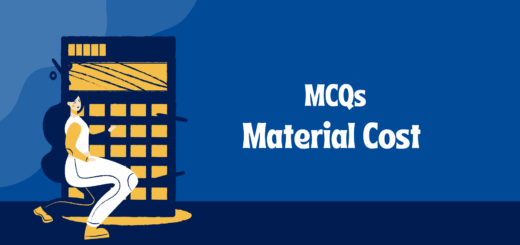FIFO Full Form (First In, First Out) | Free Cost Accounting Articles
FIFO Full Form (First In, First Out)

What is the Full form of FIFO?
The full form of FIFO is First In, First Out.
Under the method the earliest lot of materials or goods purchased or goods manufactured are exhausted first and closing stock is out of the latest consignments received or goods manufactured and are valued at the cost of such goods. In other words: the cost of goods sold is calculated keeping in view the earliest lots exhausted on the presumption that units are sold in which they were acquired. In short under this method, it is assumed that goods or materials which are purchased first are issued first stock consist of the latest purchase. Hence items lying in the stock should be valued at the latest purchase price.
This method of pricing the issues is based on the assumption that the materials purchased and received first in-store are issued first to the job. It means the materials are issued in the order in which they are received. The price of the earliest lot of purchase is taken first and when that is exhausted, the price of the next lot of purchase is adopted, and so on. In other words, the materials are issued at the oldest cost price. The closing stock is valued at the latest or current price.
This method is suitable when prices are falling. It is also useful if transactions are few and prices of material remain stable. In the case of perishable materials, this method is best applicable.
- First in First out Method (FIFO)
- Last in First out Method (LIFO)
- Simple Average Method
- Weighted Average Method
Advantages
(1) This method is simple to understand and easy to operate.
(2) It is a logical method because it takes into consideration the normal procedure of utilizing first those items of inventory that are received or manufactured first.
(3) This method is very useful when prices are falling because the cost of goods so sold will be high on account of using the earliest lots which are costly.
(4) Closing stock is valued nearer the market price as it would consist of the recent purchase of units.
(5) This method is useful when transactions are not too many and prices are fairly steady.
(6) This method is useful when inventory is subject to deterioration and obsolescence.
Disadvantages
(1) This method increases the possibility of clerical errors if the price fluctuates, considerably as every time as the issue of material is sold, the store ledger clerk will have to go through his ascertain the price to be changed.
(2) If the prices fluctuate, comparison between different jobs executed by the concern becomes difficult because one job started a few minutes later than another of the same nature may have consumed the supply of lower-priced or higher-priced stock.
(3) Market prices are calculated keeping in view the earliest lots that were purchased at a lower rate.


